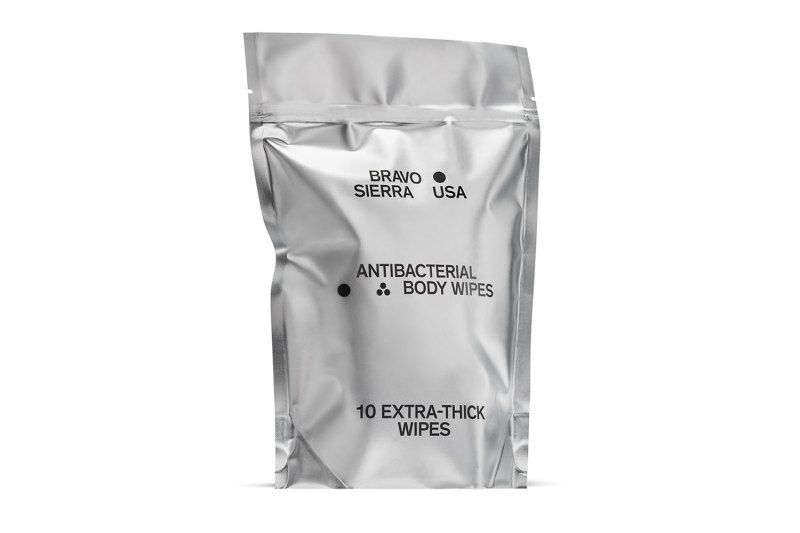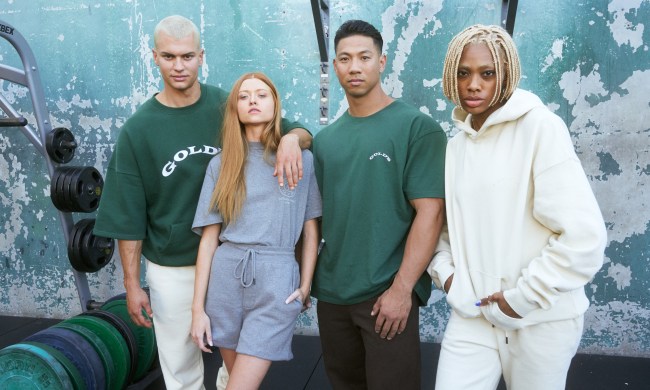Diehard gym goers breathed a collective sigh of relief earlier in the summer as we saw (or made) social media posts celebrating being back in the gym after COVID-19 shutdowns. Whether hard at work perfecting a deep squat or just anticipating a solid bench press, we were ready to return to our clubs’ full array of equipment and friendly — if socially distanced — camaraderie. When cases began to spike again in mid-July, California governor Gavin Newsom, for example, was forced to roll back reopenings for the Golden State. Once again gyms were closed; and at-home or outdoor workouts were back in session.
At this rate, are we sure we even want to go back to the gym? Even before COVID, gyms had a reputation for being petri-dishes for disease; spreading everything from athlete’s foot to MRSA. Maybe it’s worth putting those monthly fees toward a piece of home equipment. Well, to clear things up a little, we caught up with Dr. William Greenough from Johns Hopkins University of Medicine, and also checked in on leading fitness club chain Equinox’s reopening standard.
It’s Just Common Sense
Dr. Greenough emphasizes that the precautions you can take in headed back to the gym are not so much a medical issue, it’s more about using common sense.
“Since we don’t have clear federal leadership on the issue, each state is going it alone. You have to know where to get local information. This is critical.”
As a good starting point, Greenhough suggests the Johns Hopkins Coronavirus Resource Center website. The site’s COVID-19 Dashboard provides a wealth of locally reported, global data about the disease’s spread, and allows for fine tuning down to a county level.
Once you’ve used the dashboard to check out your area, if you live in a place that has been identified as high risk — generally speaking that’s ten or more new COVID cases per 100,000 persons daily — you should probably just stay at home until things quiet down. As Greenough puts it, you don’t want to risk getting sick in states like Texas, Florida, Georgia, etc., “where there are no ICU beds left.” He expects that a large swath of the country will be that way for another five or six weeks.
In-person check-up
If you’re not in one of those areas, you should still keep track of what’s going on locally, and see how your gym is handling the situation. Are they demonstrating a clear awareness of how the virus spreads?
“My wife and I visited the gym before she went back for a workout,” says Greenough. “We talked to people at the front desk about their strategy and looked at what they were doing. They offered hand washing and alcohol wipes. They had separate entry and exit doors, took the temperature of everyone going in, and everybody was required to wear a mask. Machines were no closer than eight feet apart. They even offered some classes outside. I workout at a pool where there is now mostly lane swimming and lane sharing has been eliminated.”
Greenough says watch to see if your gym is using common sense, and demonstrates a knowledge of how the virus spreads. “It spreads through the air and anyone can be a carrier,” he reminds us. Watch for plastic barriers and contactless check-in.”
Equinox has beefed up its maintenance schedule to fight COVID-19, instituting deep-cleaning with medical-grade disinfectants across the gym three times a day and once overnight. Sections of the club will be closed for that cleaning throughout the day to make that possible. Lockers and group fitness equipment will be sprayed down between each use, with a thirty-minute break between each class to allow for thorough cleansing.
Spread is the word
On a cautionary note, Greenough does point out that 40% of the spread is by people who have no symptoms. “This is a highly transmissible virus and it’s a survivor. We are probably going to have to live with this for some time. We will have a fall epidemic, yet we’re still in the first wave because we haven’t done a good job managing the virus.”
To help combat the spread, Equinox will require both members and employees to complete a mandatory health declaration within the club app for each visit. Each person will be expected to confirm that they are not experiencing symptoms of COVID-19, nor have they come into contact with anyone who is exhibiting symptoms. Hopefully the honor system works: If a member tests positive for the virus within 14 days of a visit, they’re asked to contact the club manager, who will notify any potentially exposed persons via email.
For your own sake, Greenough does recommend carrying hand wipes with at least 76% alcohol, but points out a diminishing concern about catching the disease from surfaces. At Equinox members will be asked to use hand sanitizer upon entering facilities, and touchless sanitizer stations will be available throughout the club. (Editor’s note: Full disclosure, I am a member of Equinox, and hand sanitizers and alcohol wipes were available throughout the club, even before the pandemic.) The club will also make UV-C sanitizing machines available to disinfect your phone or personal devices.
Clean Conscience
When asked about using the showers and other facilities, Greenough did mention that he didn’t see anybody using those areas at the gym or pool. If you’re headed back, you might consider bringing some body wipes to clean and freshen up after your workout.

Is it safe to shower? Are HVAC units able to properly “scrub” all that hot, sweaty air? Is the virus mutating or attacking younger adults? There are still so many unknowns that it might be worth playing it safe for a few more months; go for a couple more outdoor runs, check out a system like Equinox’s Variis, or keep Sweatin’ to the (very) Oldies to keep yourself healthy and wise. Otherwise, it may just be best to invest in a home gym.



